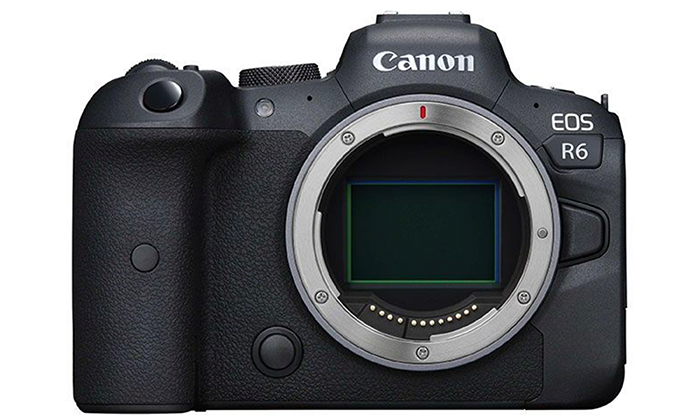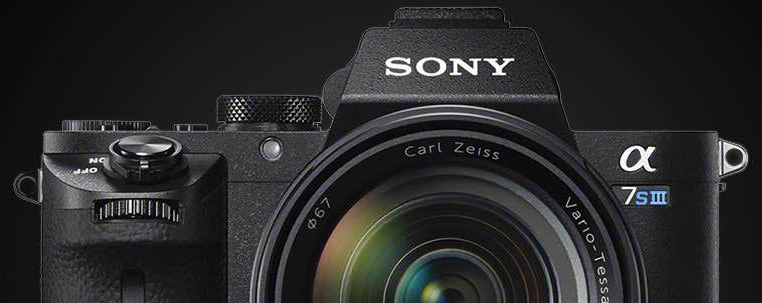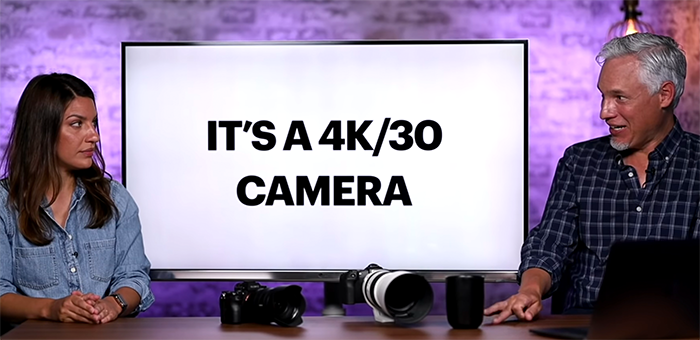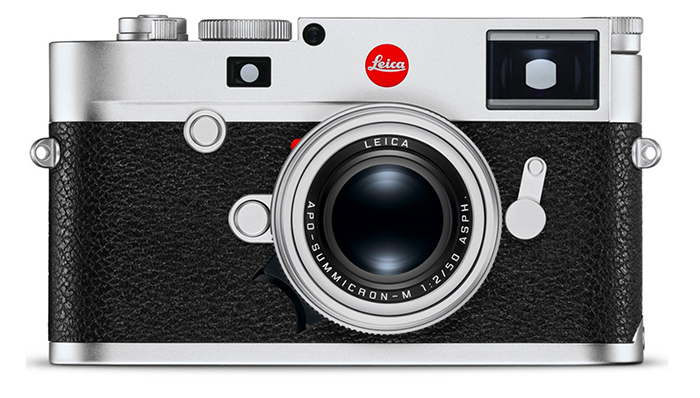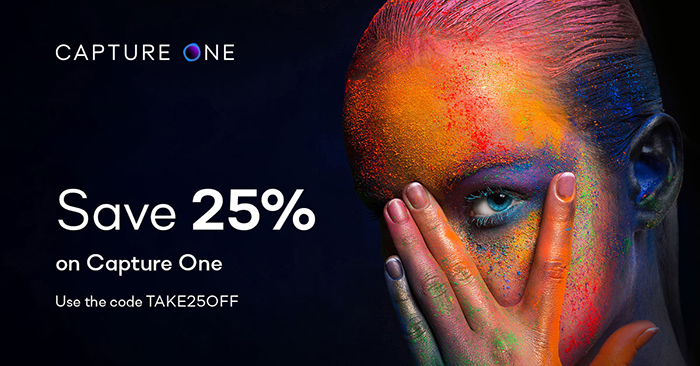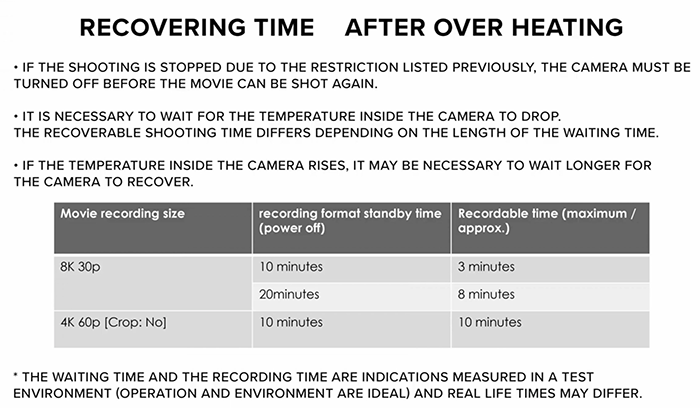Nikkei grim view about the mirrorless future: “Olympus exit foreshadows a Japan camera sector shake-up”

Nikkei is picturing a dark future for the camera makers:
With the market shrinking at such speed, companies are at great risk of falling into a fixed-costs crisis. Some analysts believe the entire industry will collapse unless companies undertake major reforms, like splitting design and development from manufacturing, and consolidating production.
The impact of Olympus’ decision to quit the camera business and discard 84 years’ worth of experience, may spread.
Interesting they do NOT mention Sony or Fuji being at risk: The brand names they make are Nikon, Canon, Pentax…
